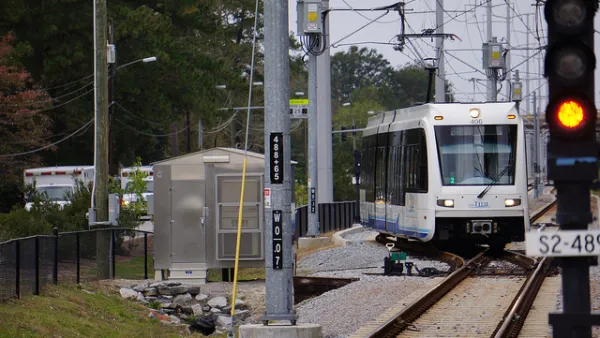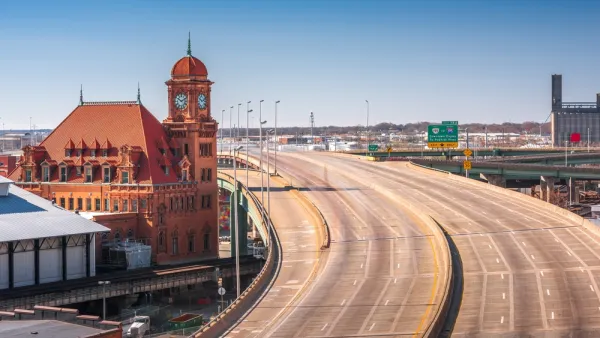An op-ed makes the case for the benefits of mixed-use development in Virginia, namely the creation of 24/7 environments for living, working, and playing.
To begin an op-ed in Virginia Business, Ryan Jenness cites the examples of two "much ballyhooed," but eventually failed projects from in Virginia during the mid-1980s—the Sixth Street Marketplace in Richmond and the Waterside park in Norfolk.
"Both Sixth Street Marketplace and Waterside provide sobering examples that the 'if you build it, they will come' philosophy works better in a Kevin Costner movie than in urban planning," writes Jenness.
But those examples were only a prelude to the current urban renewal efforts in Virginia, according to Jenness.
"The good news is that cities and developers alike have learned from missteps and assumptions. This is clear in the emergence and early success of so-called 'live/work/play' mixed-use communities in Virginia's metro areas. Much has been written about how these endeavors are popular with certain population subgroups, including millennials, empty-nesters, young professionals, and others looking for a short commute."
The difference between current efforts and the failed efforts of the past, according to Jenness, are the attention devoted to creating "24/7, 360 day per year" experience for residents—"not only living on-site, but also working, dining, shopping and entertaining." Jenness cites projects in Richmond, Norfolk, Roanoke, and Virginia Beach as examples of the new way of building.
The conclusion of the argument is more pragmatic then theoretical, and one that appeals to a broader audience in many types of communities: "The lesson to local governments, developers, and urban planners is clear: a one-dimensional retail project, regardless of popular support or any government subsidy, fails to attract people in the same way that a diverse, mixed-use residential project does. Consequently, a key component to real urban renewal lies in these live/work/play communities."
FULL STORY: Live/work/play: A key to Virginia’s urban renewal

National Parks Layoffs Will Cause Communities to Lose Billions
Thousands of essential park workers were laid off this week, just before the busy spring break season.

Retro-silient?: America’s First “Eco-burb,” The Woodlands Turns 50
A master-planned community north of Houston offers lessons on green infrastructure and resilient design, but falls short of its founder’s lofty affordability and walkability goals.

Delivering for America Plan Will Downgrade Mail Service in at Least 49.5 Percent of Zip Codes
Republican and Democrat lawmakers criticize the plan for its disproportionate negative impact on rural communities.

Test News Post 1
This is a summary

Test News Headline 46
Test for the image on the front page.

Balancing Bombs and Butterflies: How the National Guard Protects a Rare Species
The National Guard at Fort Indiantown Gap uses GIS technology and land management strategies to balance military training with conservation efforts, ensuring the survival of the rare eastern regal fritillary butterfly.
Urban Design for Planners 1: Software Tools
This six-course series explores essential urban design concepts using open source software and equips planners with the tools they need to participate fully in the urban design process.
Planning for Universal Design
Learn the tools for implementing Universal Design in planning regulations.
EMC Planning Group, Inc.
Planetizen
Planetizen
Mpact (formerly Rail~Volution)
Great Falls Development Authority, Inc.
HUDs Office of Policy Development and Research
NYU Wagner Graduate School of Public Service





























